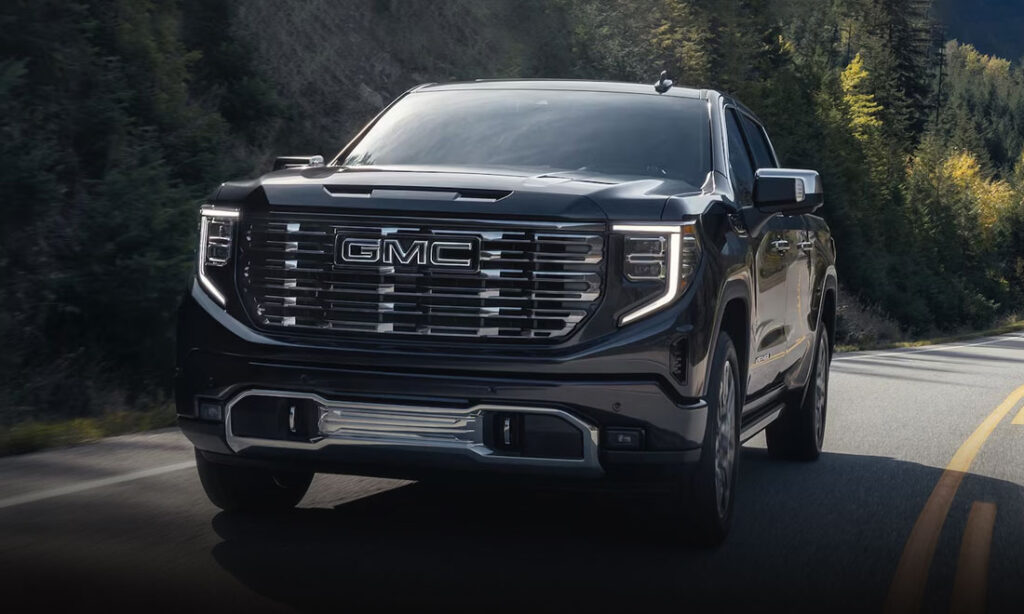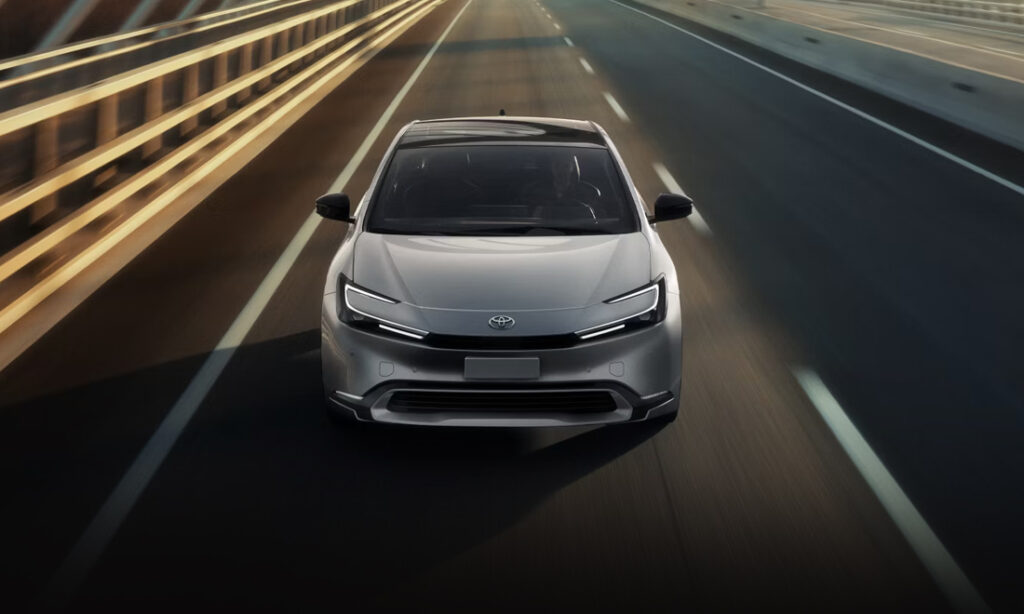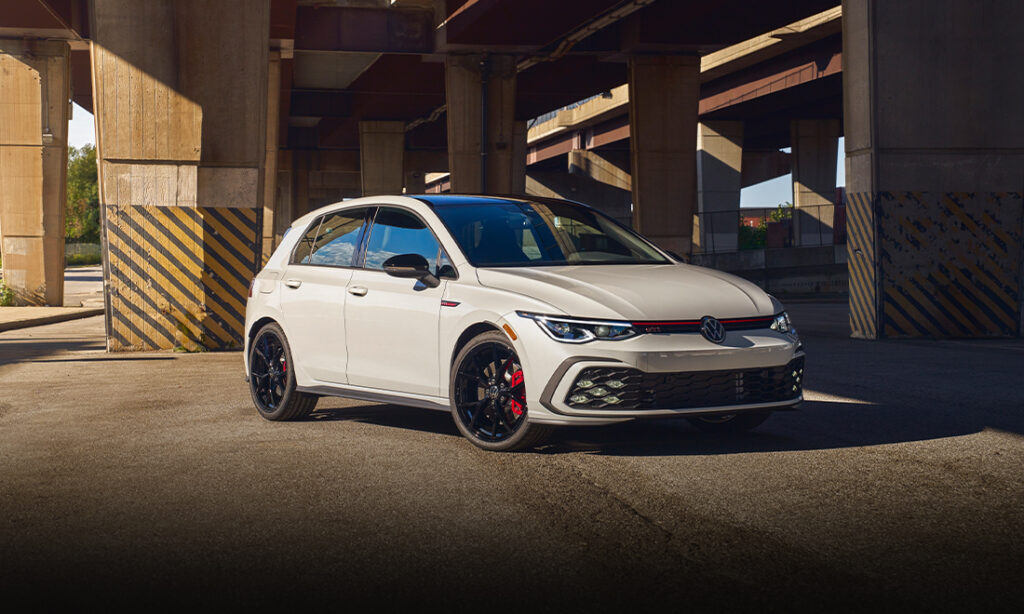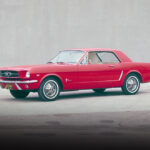How the Dodge Ram Van Fueled 70s Van Culture
A look back at the first-generation Dodge Ram Van, a vehicle that capitalized on a unique chapter of automotive history – 70s van culture.
70s Van Culture

Dodge Ram Van Tradesman – Alan Mitchell Alan Mitchell on Pinterest | Shop Dodge Ram Van on Carsforsale.com
With today’s roads populated by swarms of SUVs identifiable by their generally uninspired levels of same-ness, it’s hard to imagine a time when vehicles had personality. But such was the case in the 1970s, an era of automotive creativity and custom vans culture. And when it came to 70s van culture, the first-generation Dodge Ram Van took center stage.
Technically, the Ram Van nameplate didn’t arrive until 1981 with the second-gen Dodge van lineup. The first generation, that was produced between 1971 and 1978, was colloquially known as the “B-vans”. Dodge separated these vans into commercial “Tradesman” and passenger “Sportsman” series. They were the successors to Dodge’s A100 vans and would go on to become one of the longest-running platforms in American automotive history.
Dodge B-Vans

When the Dodge B-vans arrived, they were more aerodynamic than the prior Dodge A100 vans and dropped the split windshield in favor of a modern single-piece unit. And while the A-series could handle up to 9 passengers, Dodge’s new “Maxiwagons” could seat up to 15 people by extending the rear bodywork 18 inches. This was the first use of 15-passenger vans, a style that Ford and General Motors would get on board with a few years later.
In period marketing, Dodge pitched their new B-vans as a “new concept station wagon” alongside traditional wagons, but with the ability to haul more people and more gear. It was well-timed as camper vans and all manner of conversions soon became the rage. But even if you just wanted a stock first-generation Dodge Ram Van, there was no shortage of fun features.
For starters, these vans – and most vehicles at the time – were offered in colors you just don’t see anymore. Pale Green, Spanish Gold Metallic, Coffee Sunfire, Dark Gold Metallic, Jasmine Yellow, Burnished Copper Metallic. You may sense a brown and yellow theme, which we’re not saying is necessarily pretty, but it’s DEFINITELY full of character, particularly in the various two-tone looks these Dodge vans sported.
The Sportsman
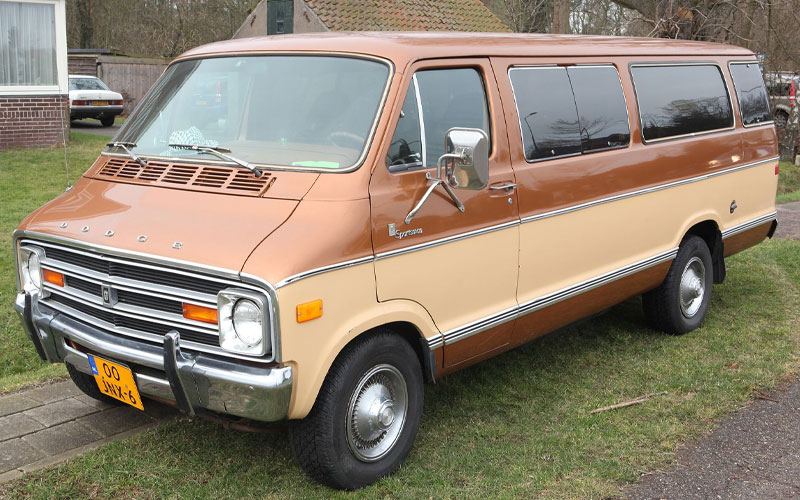
Trim levels for the passenger version included Sportsman, Custom Sportsman, and Royal Sportsman. The standard layout included seating for 5 and the option for 8, 12, or 15. A single sun visor, two-speed wipers, turn signals, heat, and backup lights were all standard as was a big 25-gallon gas tank.
For its first year of production, 1971, the Dodge B-vans came with a standard 198 cubic inch slant-6 motor. Options included a 225 ci slant-6 with 145 horsepower and 215 lb-ft of torque or a 318 ci LA-series V8 making 230 hp and 320 torques. A 3-speed manual spinning the rear wheels was standard, while a 3-speed automatic was available.
Like the A100 series, these first-gen Dodge Ram Vans had a snub-nosed front end and tiny hood. That hood was primarily used to check fluids and manage the accessories. But the engine itself was inside the passenger compartment, between the front row occupants under a cover. Granted, this cover was heavier duty than those in the A100s, but it still took up a lot of space and made plenty of noise.
Unibody Construction
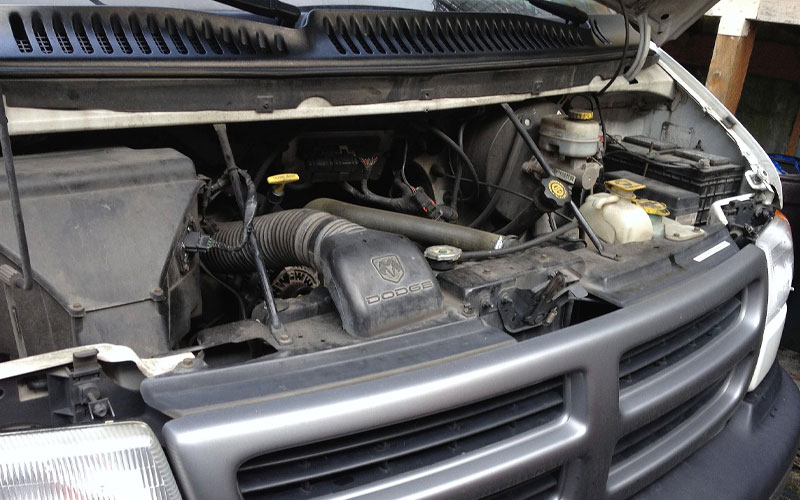
Another important mechanical aspect of these Dodge vans was the “Uniframe” construction. Rather than the body-on-frame design used by the period Dodge trucks with which these vans shared so many parts, the B-vans had a one-piece welded platform that made it stronger and lighter with a lower cargo floor.
The chassis was reinforced by two full-length U-channels welded to the floor pan and a separate bolt-on front K-member carried the front suspension, steering system, and engine. While the rear suspension followed the traditional pickup truck style of leaf springs, the front suspension was fully independent with coil springs.
The Motorhome Crowd
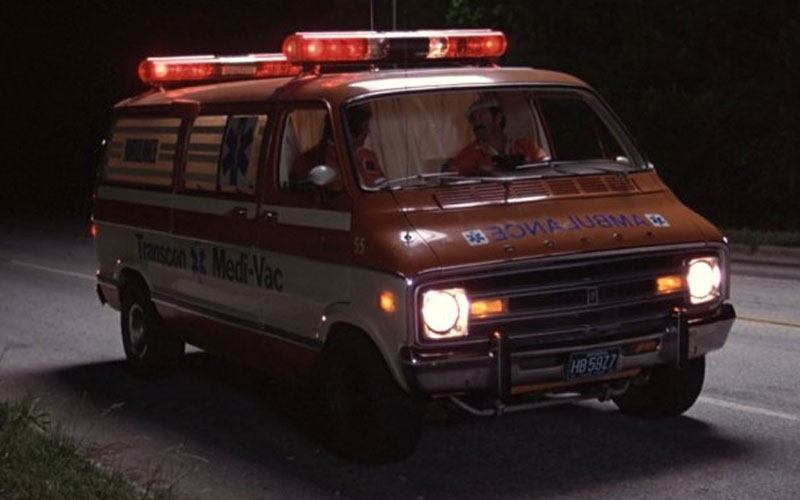
In 1972, the 198 slant-6 was dropped in favor of the 225 variant as standard equipment and a 360 ci V8 was newly optional. It became a popular powertrain for the motorhome contingent, a segment that Dodge would go on to dominate throughout the 1970s. It led to all manner of conversions, including ambulances like the one famously featured in The Cannonball Run movie.
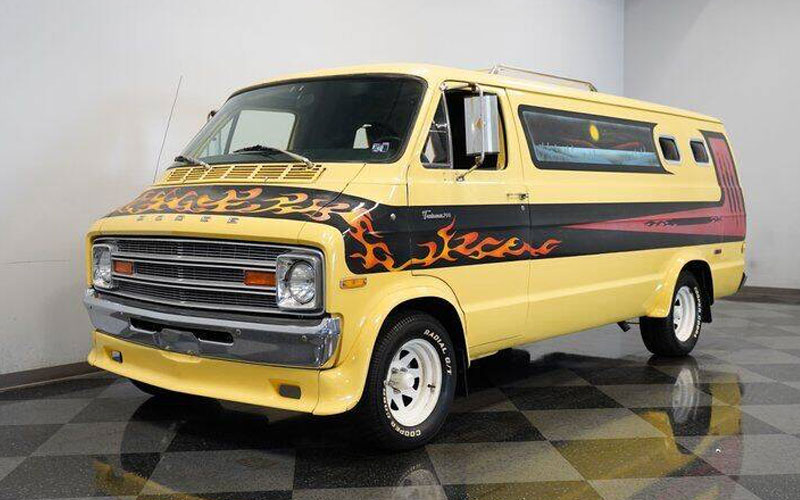
The following year brought standard power brakes to the B100 (1/2 ton) that were already included on the B200 (3/4 ton) and B300 (1 ton) vans. In 1974, Dodge unveiled a sliding rear door on the Maxiwagons and a rebadged Plymouth Voyager variant. Though the Plymouth would never sell as well as the Dodge models, it was a precursor to the later minivan series.
But it was 1976 that was arguably the most significant year for the first-generation Dodge Ram Vans. Keep in mind, these vans were largely unchanged between 1971 and 2003. This meant parts compatibility was less of an issue over the years, which is part of the reason the conversion and fleet buyer segments were so fond of Dodge vans.
Big Blocks and Adult Toys
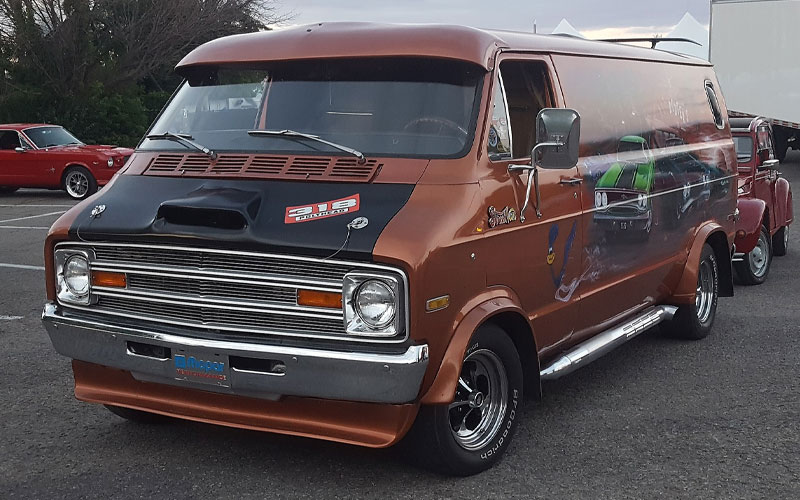
So, when Dodge debuted a pair of big block V8s – 400 and 440 cubic inches – for the B200 and B300 vans plus a new Street Van customization package, it was a big deal. This Street Van kit was actually for the Tradesman series as the windowless bodies made ideal canvases for all manner of killer graphics and colors. It was marketed under the automaker’s “Adult Toys” lineup, which featured such memorable nameplates as Warlock, Lil’ Red Express, and Macho Power Wagon.
Buyers of these packages were granted access to the “Dodge Van Clan” and could opt for funky add-ons like a deep front lip, side-mount exhaust pipes, and huge basket handle-styler rear roof spoilers. Though Kelso’s 21-window VW Type 2 van is one of the more awesome rides from That ‘70s Show, it’s fair to say one of these Street Vans would have made an equally excellent addition.
First Gen Dodge Ram Van Peaks…
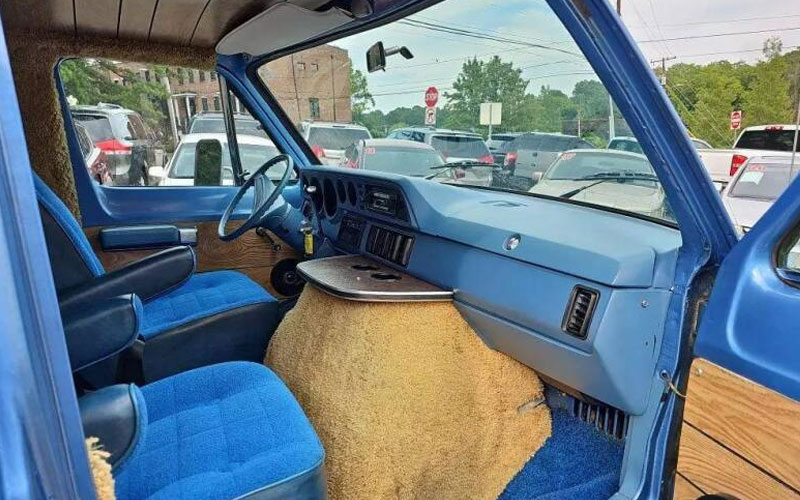
Later that year, Dodge offered a 4-speed manual transmission to improve gas mileage, and the following year – 1977 – more than 226,000 B-vans were sold making them the automaker’s best-selling series. This was helped in part by updates like a standard single-panel rear door and the addition of Command front seats that could swivel 360°.
For 1978, Dodge revised the bodywork so that the “filler panel” used on long wheelbase models was gone, and in its place was a single pane of glass and sheet metal. And all the windows were bigger thanks to a lower beltline. The upgrades continued inside with a new dashboard and seats, engine covers that were 4 inches shorter and 2 inches narrower for more passenger space.
As well, new rubber isolation pads on the suspension were said to reduce road noise and a redesigned heating system brought air-blending temperature control. The biggest news, literally, was that the Maxiwagon now stretched 26 inches over regular 127-inch wheelbase vans and had available wraparound rear corner windows to improve visibility.
…and Valleys
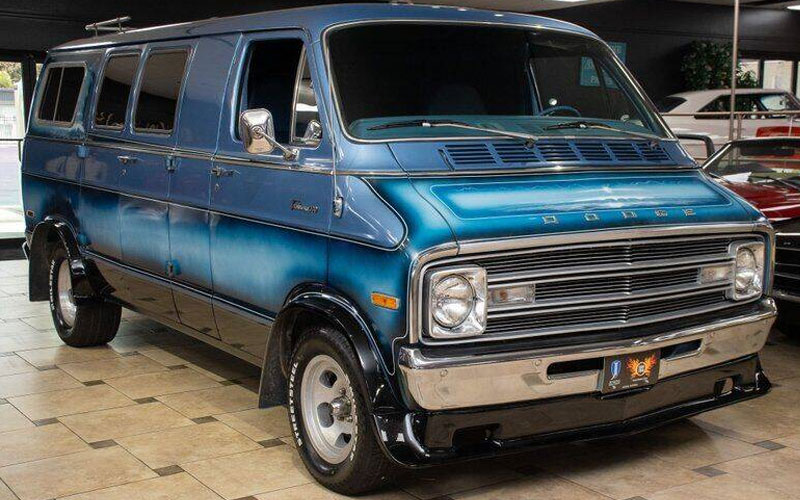
1977 Dodge Tradesman – carsforsale.com | Shop Dodge Ram Van on Carsforsale.com
But, unfortunately, that sales high point in 1977 and host of updates in 1978 were no match for a company with a shaky financial footing and the reality of a second oil crisis. Though Dodge essentially owned the van market throughout the 1970s, van sales plummeted nearly 50% in 1979 as a result of this two-headed problem.
However, Chrysler avoided bankruptcy and the beat went on with the first-generation Dodge Ram Vans being replaced by the second generation and ultimately by the minivan, a Chrysler creation. These days, the full-size van market may not be as exciting as it was in the 1970s custom vans culture heydays, but the legacy of those cool vans lives on in the 15-passenger segment and the modern-day “van life” movement.


